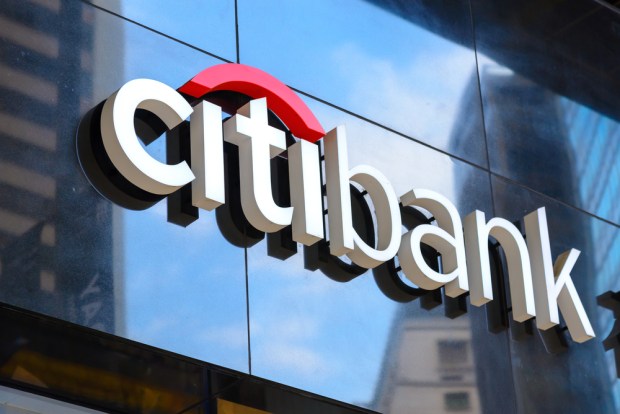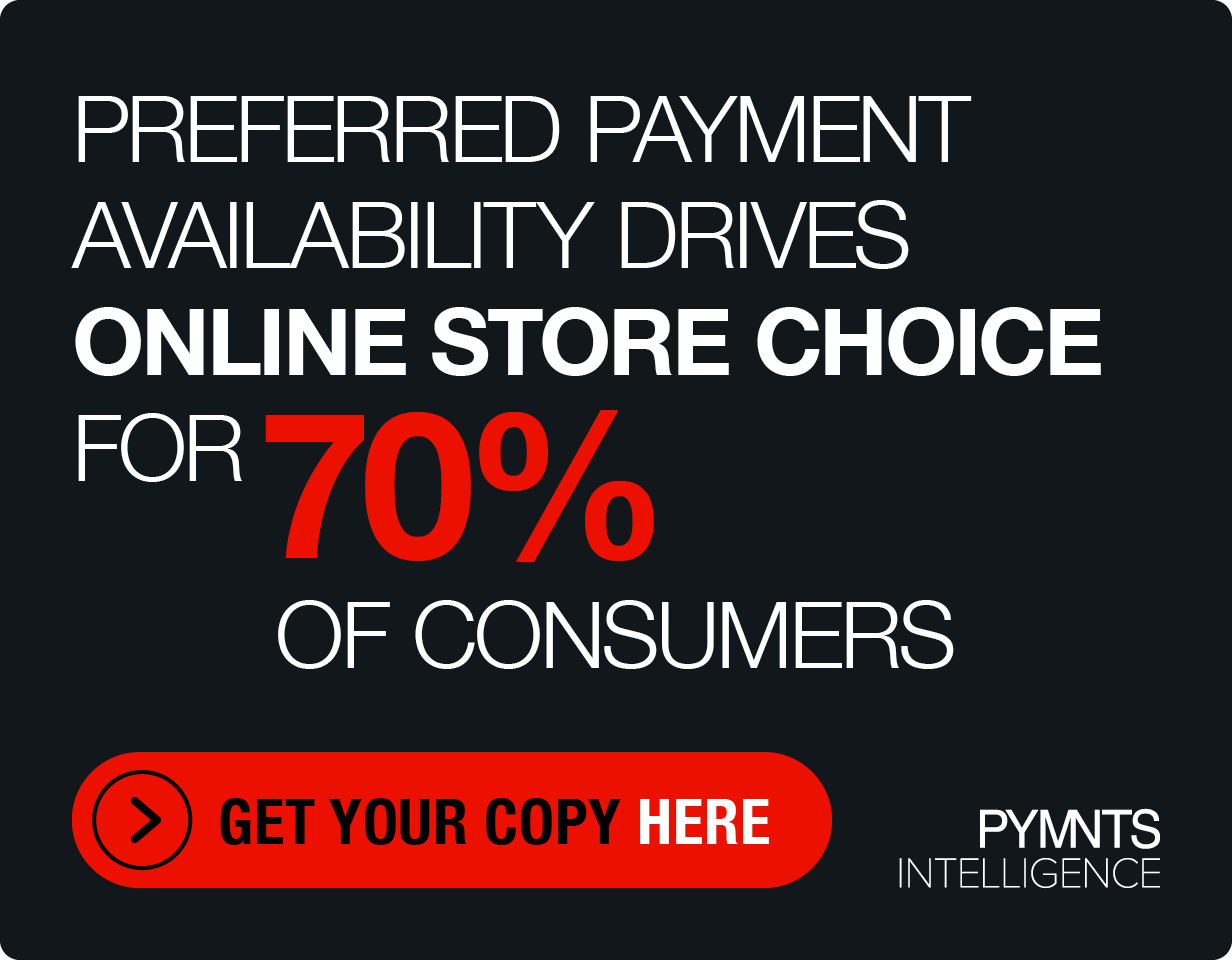Citi Streamlines Retail Offering as Personal Banking Income Grows 11%

Citi has introduced a series of new offerings designed to streamline its retail banking business.
The new services, announced Wednesday (Aug. 23), come weeks after the banking giant reported a jump in revenue from its personal banking business.
Among these services is something called “Relationship Tiers,” which Citi compared to a hotel or airline rewards program.
According to a company news release, “as a customer’s combined average monthly balance grows, clients may unlock Relationship Tiers, allowing access to more benefits and services.”
This includes enhanced benefits and services such as waived monthly service fees on sayings and checking accounts, professional financial planning and waived Citi fees at non-Citi ATMs.
The bank is also offering customers who aren’t in a Relationship Tier the chance to avoid monthly service fees by making direct deposits of $250 or more to their checking account or having an average monthly balance of $500 or more in their savings account or by owning both a checking and savings account.
“These latest changes are designed to create a more seamless experience for our customers and make it easier for them to get personalized advice and access their finances,” said Craig Vallorano, Citi’s head of retail banking.
Last month, Citigroup reported an 11% increase in revenue from its U.S. personal banking business in the second quarter of 2022.
The rise in revenue for the world’s second-largest credit card issuer was attributed to higher interest rates and larger card balances, with those gains outweighing a 78% increase in consumer loan write-offs.
“Amid a challenging macroeconomic backdrop, we continued to see the benefits of our diversified business model,” Citigroup CEO Jane Fraser said in a news release, adding that the bank’s “cards businesses had double-digit growth due to strong engagement.”
Meanwhile, PYMNTS reported earlier this year on the “golden opportunity” facing traditional banks to become trusted advisers to clients by investing in digital banking.
“For all consumers’ overwhelming interest in digital financial tools, it is worth noting that just 9% of banking customers have their primary bank accounts with digital-only banks,” PYMNTS wrote in February.
“Consumers are still disinclined toward exclusively digital banking experiences, continually expressing a need for contact with a real person in a branch, on the phone or via chat.”
These consumers are also very worried about their finances, with more than half wanting their banks to proactively contact them if their spending habits put them at risk.
“This complex combination of preferences represents a powerful advantage for traditional banks,” the report said. “By negotiating a balance between the human element and innovation, formerly legacy banks can be everywhere their customers need them to be.”

